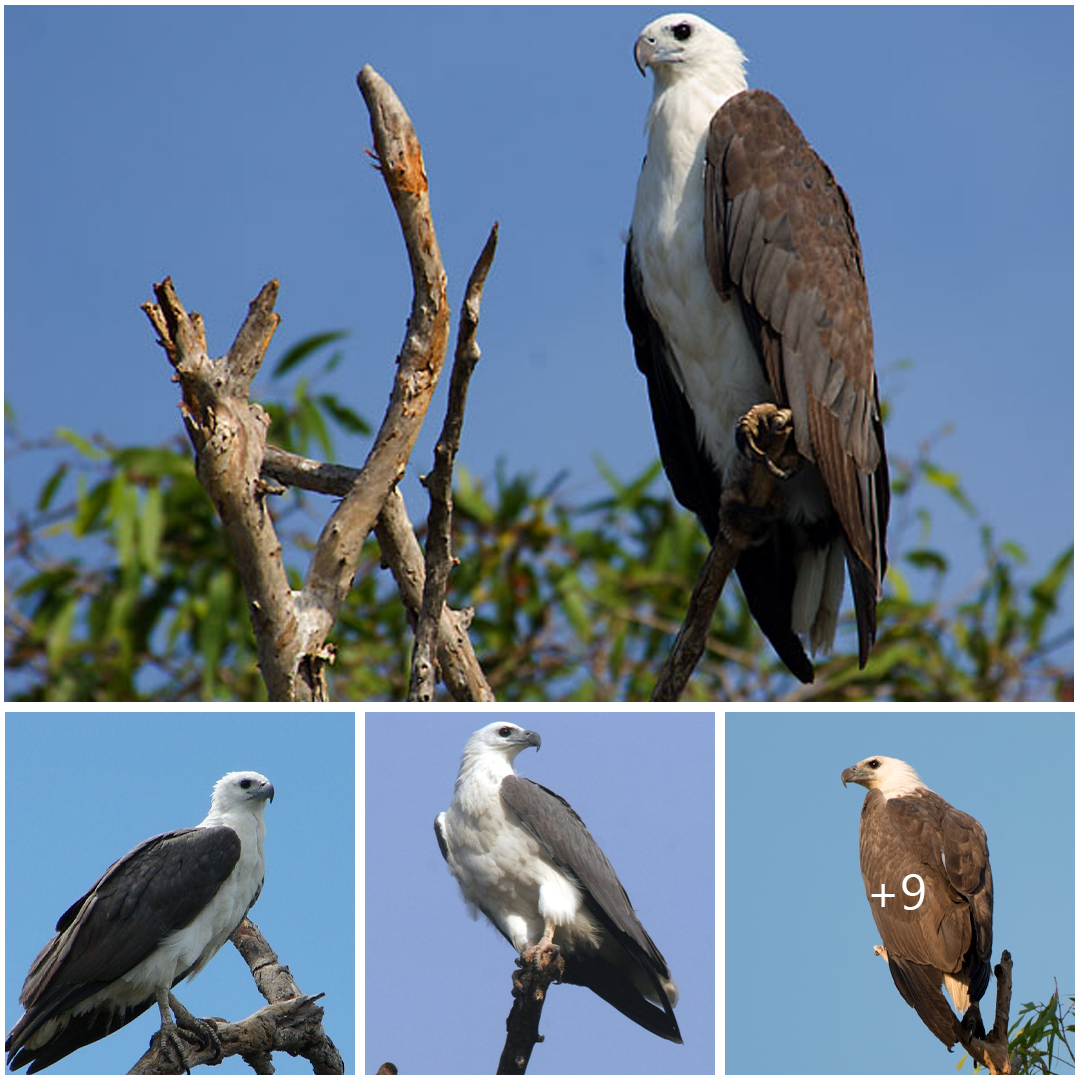
The White-Tailed Eagle: Symbol of Majesty and Wilderness
The white-tailed eagle, also known as the sea eagle or erne, is a magnificent bird of prey that commands attention with its impressive size and striking appearance. As one of the largest birds of prey in the world, the white-tailed eagle holds a special place in both natural ecosystems and human culture.
Appearance: The white-tailed eagle is characterized by its large size and distinctive plumage. With a wingspan that can exceed 2.5 meters (8 feet), this eagle is a formidable presence in the skies. Its plumage is predominantly brown, with a contrasting white tail that gives the bird its name. Adult white-tailed eagles also feature a white head and neck, along with a hooked yellow beak and piercing eyes.
Habitat and Range: White-tailed eagles are typically found near large bodies of water, such as coastlines, lakes, and rivers. They are native to Europe, Asia, and parts of North Africa, with populations scattered across a wide range of habitats. While they prefer coastal areas for hunting and nesting, they can also be found inland near freshwater lakes and rivers.
Behavior and Diet: As apex predators, white-tailed eagles are skilled hunters with keen eyesight and powerful talons. They primarily feed on fish, which they catch by swooping down from the sky and snatching from the water’s surface. However, they are opportunistic feeders and will also prey on birds, mammals, and carrion when available. White-tailed eagles are known for their impressive hunting prowess, often stealing food from other birds or scavenging along the shoreline.
Conservation Status: While the white-tailed eagle was once widespread throughout its range, it faced severe declines due to habitat loss, persecution, and pesticide contamination in the 20th century. Conservation efforts, including habitat protection, reintroduction programs, and bans on harmful chemicals, have led to population recoveries in many areas. Today, the white-tailed eagle is classified as a species of “Least Concern” by the International Union for Conservation of Nature (IUCN), reflecting its improved status in much of its range.
Cultural Significance: The white-tailed eagle has long been revered as a symbol of strength, freedom, and wilderness in various cultures around the world. In many European countries, it is considered a national emblem and features prominently in folklore, mythology, and heraldry. Its majestic presence in the natural world continues to inspire awe and admiration among people of all ages.
In conclusion, the white-tailed eagle is a magnificent bird that symbolizes the untamed beauty of wild places. With its impressive size, striking appearance, and ecological importance, this majestic raptor holds a special place in the hearts of nature enthusiasts and conservationists alike.





